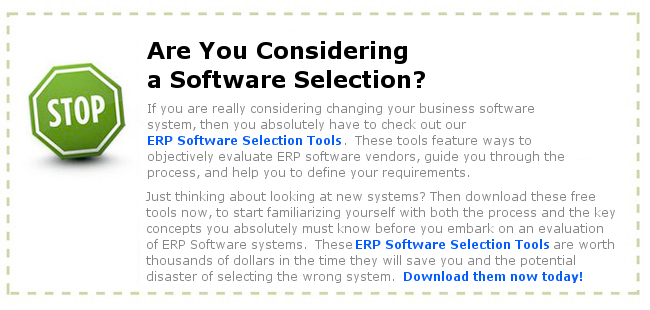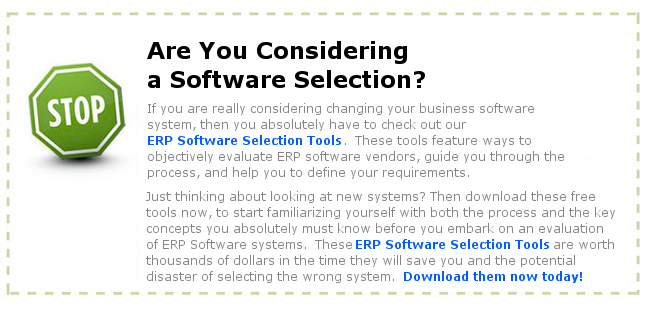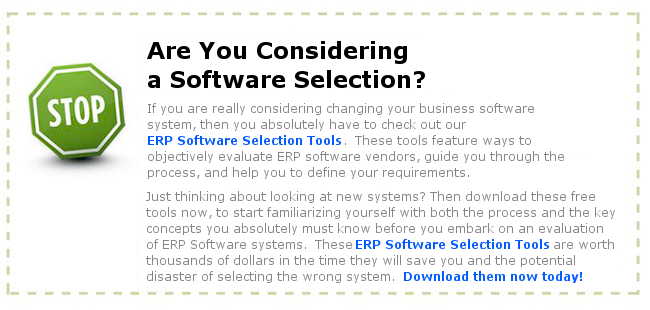ERP Software as GDP Indicator for China
By Frank Mulligan, Talent Software
The rollout of international level enterprise software in China has, over the
past 10 years, tended to follow a definite pattern.
The first phase began
in the early 90’s and only saw large scale systems such as SAP and Oracle. These systems
were rolled out in the US first. Closely after the US came Europe followed by
the first world markets such as Singapore, Hong Kong and Japan. Finally, China
was rolled out based on business models developed in the other countries. And
often there was no rollout at all, at least not for a few years
more. Before the 90’s, of course, international companies in China were
unlikely to get any of the kind of software and had to rely on manual systems.
Aaah, the good old days….. By the end of the 90’s China was on a par
with small first world countries like Singapore. The volume of software was
increasingly higher than these small markets but with its huge distances China
still posed a challenge. Now you began to see the emergence of software
specifically for HR and local systems like Platinum emerging. Another
five years on and things have changed again. I note with interest the
recent announcement by Adidas Group that they will roll out an e-recruitment
solution from a company called Jobpartners. This company is not at all known to me but
obviously they have something if Adidas is rolling them out
worldwide. What got my attention was that the rollout would be
simultaneously in Germany, the US, Hong Kong and Greater China. So now we are on
a par with a multinational’s HQ country and the US. Other countries will have to
wait and they don’t even get a mention in the press release. China has really
arrived. As if to emphasize this point, a report by Kevin Wheeler Global Recruiting
Trend 2006, informs us that Chinese is now the number one language, besides
English, for Applicant Tracking Systems(ATS). It ranks alongside German as the
second language of choice for ATS’s that are installed on a world-wide basis.
This tells you a lot about the installed base of ATS’s globally. Sometime
you find alternatives to GDP figures in surprising places.
Comments to: fr************@***********na.com
Click here to discuss this now in
the Onrec.com Forum
onrec.com news can only be reproduced with the permission of onrec.com or if
onrec.com is attributed as the source.


